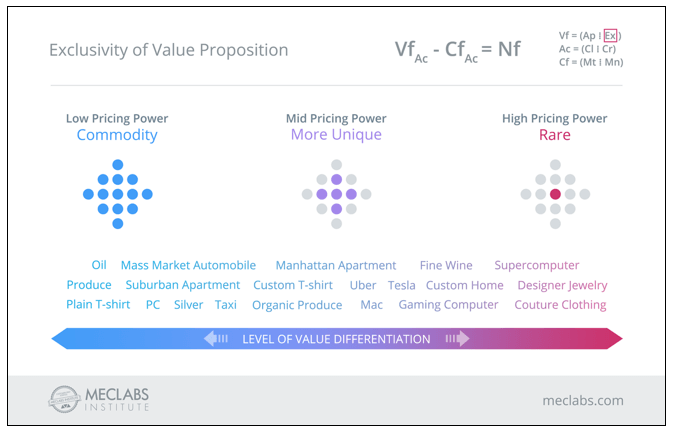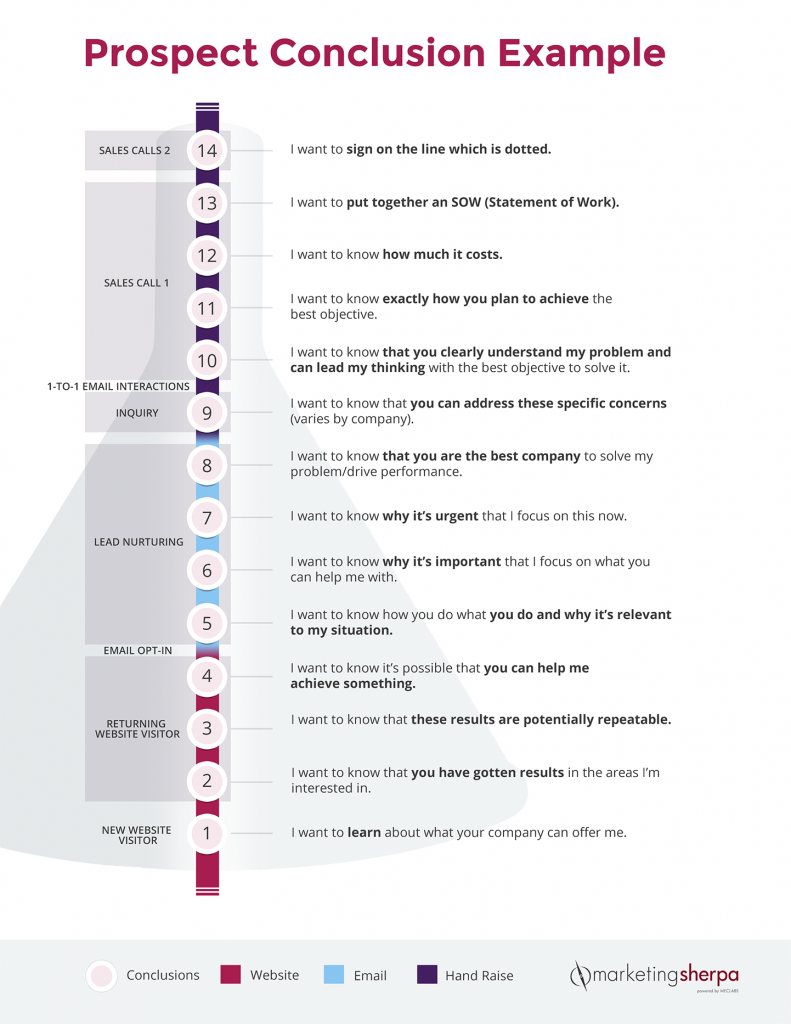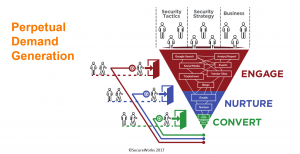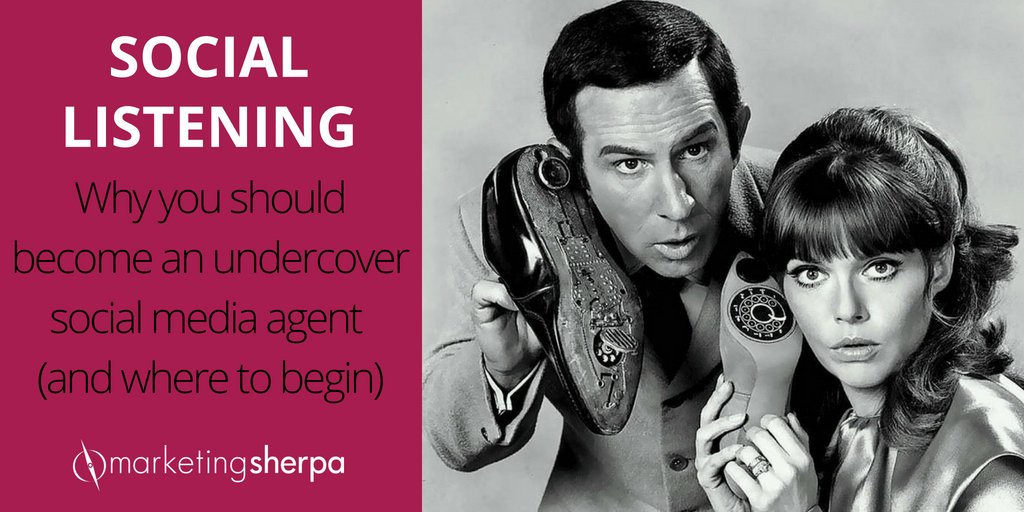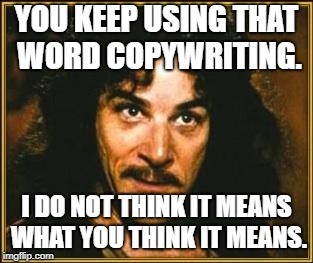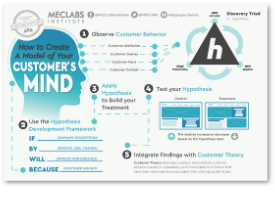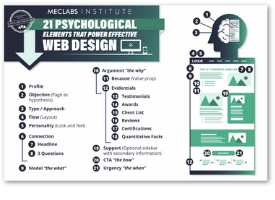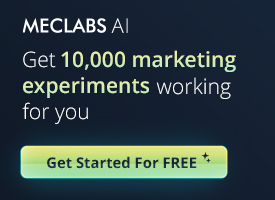Emotional Marketing: How to be a killer marketer and have a clean conscience
I want to be a good person. Chances are, you do too. So sometimes it bothers me when people stigmatize marketers as spammers and manipulators for money. (This happened to one of my colleagues here at MarketingSherpa, Daniel Burstein, recently.)
But marketing is a neutral term. It is simply the way we speak to customers. How we use marketing is up to us. We can be ethical, or not. We can influence people for good, or bad. We can choose to appeal to the best in us or instead, appeal to the beast in us. Actually, when you think of it, marketers wield a lot of power.
It’s true that there are marketers who choose to sell a product by appealing to our baser instincts of greed, selfishness, pride and lust, but you and I don’t have to, and we can still be successful. We can understand our customers as people and tap into their emotions, become a part of the story they want for their lives, not just pushing the goals we have for our business.
That’s why I was really encouraged when I listened to some major insights gleaned from the databank of The Institute of Practitioners in Advertising UK. IPA has nearly 1,400 case studies showcasing the most successful advertising campaigns across 30 years, and discovered the most successful marketing campaigns were utilizing emotional marketing that brings out the best in people as opposed to those that simply focus on the surface-level, material desires we may have.
What really drives consumer decisions
The IPA is one of the world’s pre-eminent trade bodies for marketing communications agencies. Marie Oldham, Chief Strategy Officer, Havas Media, stated that the evidence suggests deeper, meaningful need states are driving consumer decisions.
The strongest ones [campaigns] were the ones [that] fully understood how the world has changed since 2008 and the whole credit crunch, how it destroyed some of the things that we thought were the dominant things in life, having a bigger car, getting a bigger job, getting on in life … [instead, customers said] ‘time spent with families and friends or reconnecting with our passions in our communities is really important.’
The winning entry for 2012 and also for 2016 IPA effectiveness awards was a TV ad from John Lewis. This chain of high-end department stores has repeatedly created extremely successful advertising campaigns.
The company traditionally used product-focused advertising but decided to shift to an emotional strategy, focusing on the consumers’ higher motivations for buying. It’s not about furnishing a house but building a home. It’s about creating a safe, inspiring and stimulating environment for their children; it’s about realizing their dreams for their family, their health and wealth. It’s not about getting rich, but about living a richer life.
The following advertisement was an immediate success going viral throughout television and social media platforms and catapulting their business forward as a leader in their industry in the UK.







